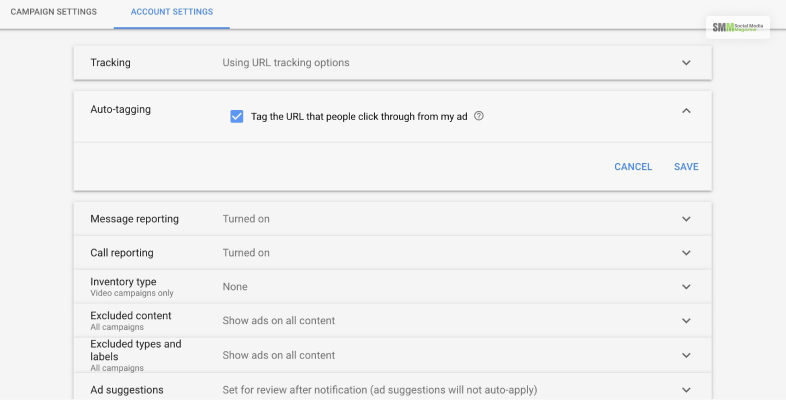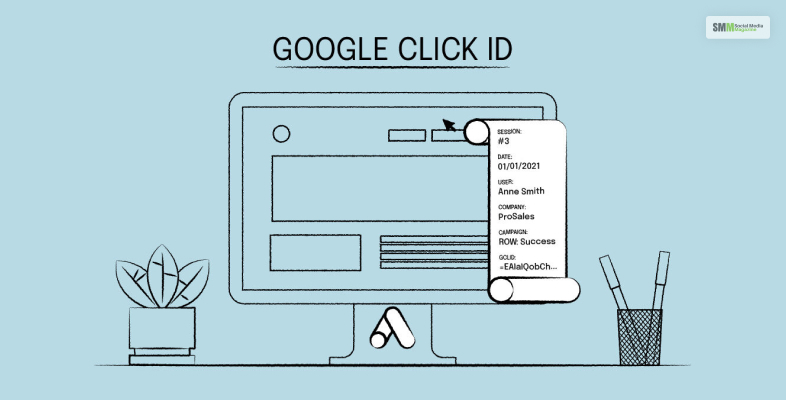Why Most Ecommerce Brands Misread ‘Low Traffic’ Product Pages (And How Smart SEO Agencies Fix It)
Dec 23, 2025

Dec 23, 2025

Dec 23, 2025

Dec 23, 2025

Dec 22, 2025

Dec 22, 2025

Dec 22, 2025

Dec 22, 2025

Dec 22, 2025
Sorry, but nothing matched your search "". Please try again with some different keywords.


Question: For autotagging, what parameter does google ads include in the destination URL?
Answer: GCLID
The right answer to your query is mentioned above. However, if you want to know more about auto-tagging and the reasons that support the correct answer, please go through this article. I have discussed auto-tagging GCLID in detail.

Auto-tagging is a feature needed for different purposes, such as –
All the new account holders will have auto-tagging enabled on them by default. Here is why you should use auto-tagging.
Read More: Which Reports Require The Activation Of Advertising Features?

There are many benefits to using auto-tagging. Here are some of the most important reasons for using Autotagging on Google –
Auto-tagging also helps track the conversions on the offline stores of a business. It helps track the conversions/sales that happened in the physical stores of the business due to online advertisements.

There are some benefits that make it convenient to use GCLID. However, there are some limitations as well. Here are the downsides and limitations of using GCLID-

The answer to this question is GCLID. However, here is the explanation for this answer –
Once someone clicks on the ads of your business, auto-tagging will add a little more information to the URL people clicked through to your website. This information is called GCLID or Google Click Identifier. If you want an example, then we can say –
If a visitor clicks on your ad for www.demo/example.com, then the final URL will appear like – www.demo/example.com/? gclid=123xyz. So, it is visible that Google Ads includes GCLID in the Destination URL for auto-tagging. If you want to know more about how to find GCLID and enable auto-tagging, please follow the section below –

Here is how you can find GCLID –
GCLID tracks an array of information like –
It provides paramount information regarding which ads are working and which ads are not.
Read More: When Will Google Analytics Be Unable To Identify Sessions From The Same User By Default?
Here are some popular questions and answers that might help you learn more about auto-tagging and GCLID
Ans: Google ads includes GCLID as a parameter in the destination URL.
Ans: Auto Tagging in Google Ads is a feature that automatically adds a tracking parameter called to the landing page URL. This tracking parameter is called GCLID. It helps track ad performance by providing information such as the ad group, keyword, and campaign that generated the click.
Ans: The destination URL of your website refers to your webpage address that people reach once they click one of the ads. In simple words – the links that the users click to go to a certain page are destination URLs.
I hope that you have found a proper answer to the question – for autotagging, what parameter does google ads include in the destination URL?
However, if you have any additional queries, please ask us in the comment section. We will answer as soon as possible.
Read Also:
Shahnawaz is a passionate and professional Content writer. He loves to read, write, draw and share his knowledge in different niches like Technology, Cryptocurrency, Travel, Social Media, Social Media Marketing, and Healthcare.
View all Posts
Why Most Ecommerce Brands Misread ‘Low Traf...
Dec 23, 2025
Twitter Marketing: How To Promote & Engag...
Dec 23, 2025
Reporting SEO: How To Create The Perfect SE...
Dec 23, 2025
Guide To Agile Certification Courses At Itsm ...
Dec 22, 2025
Why SimRigs Turn-Key Racing Simulators Are th...
Dec 22, 2025

